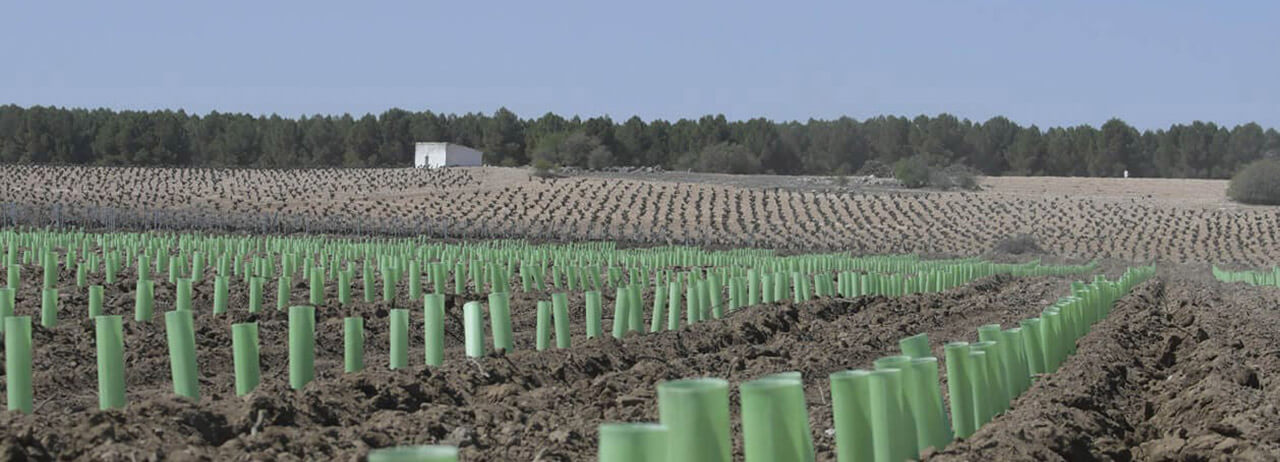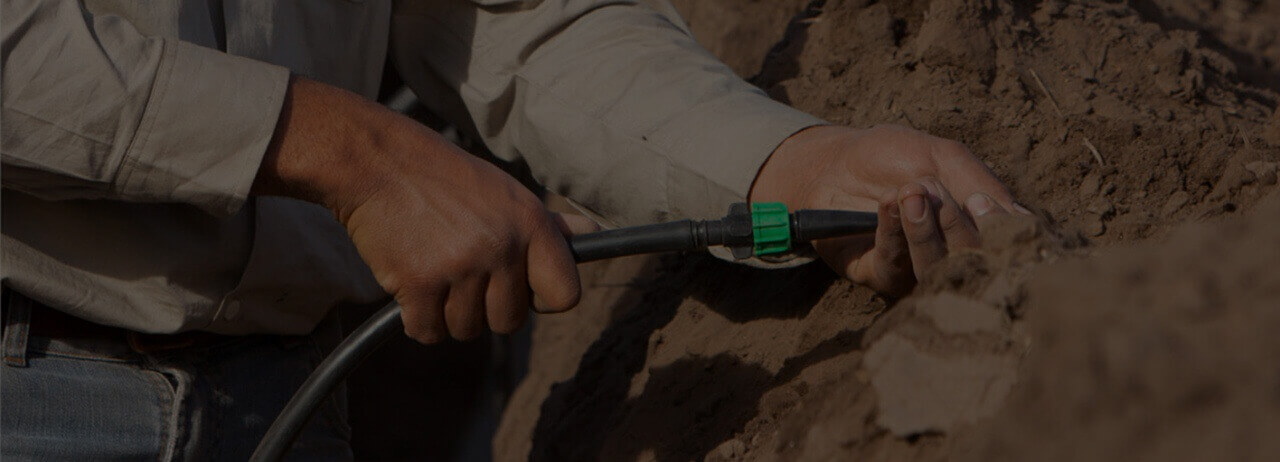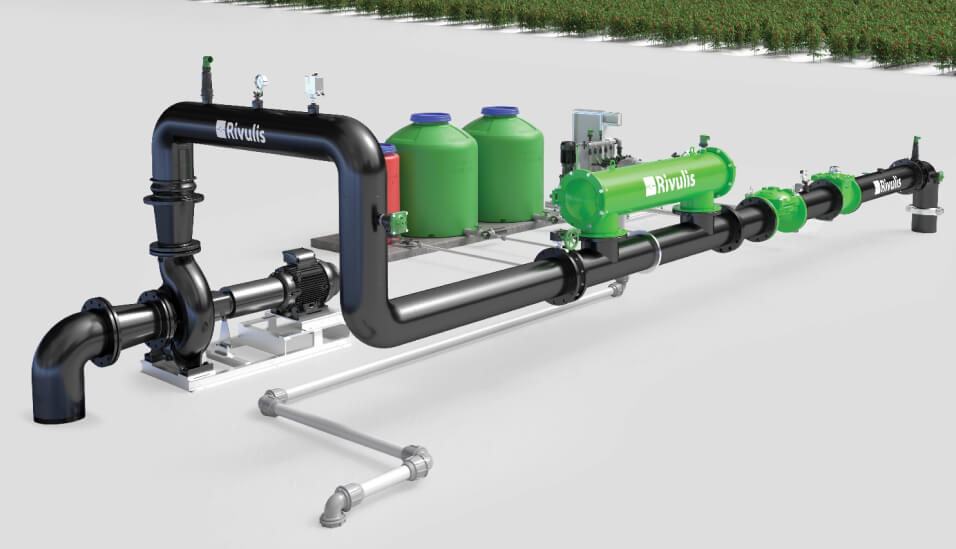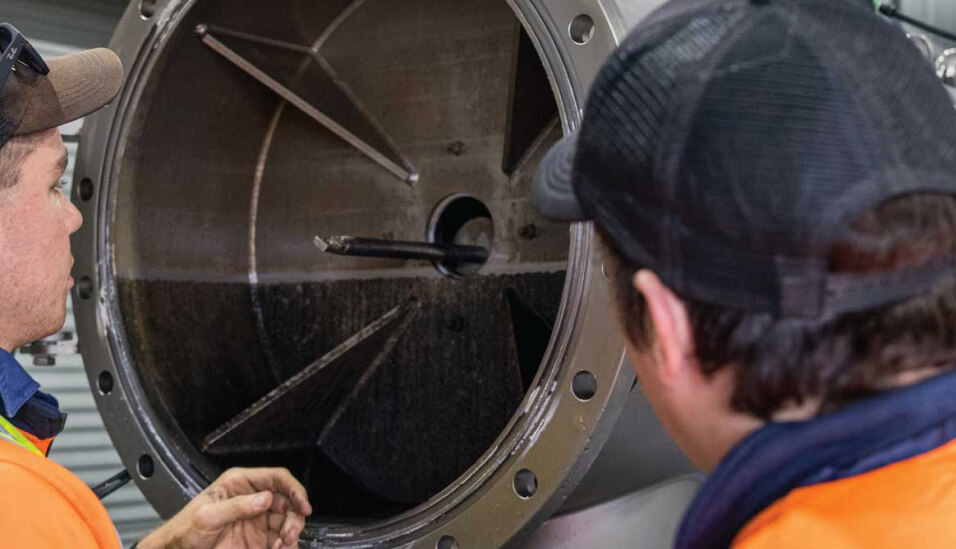Installing buried mainlines and submains
Before digging starts, mark the lines according to the design. This can be also made by a GPS.

Don’t start digging until you have confirmed that you have all the parts necessary for the installation according to the design and the tools required. Open trenches should not be left overnight. Plan to install the PVC/PE on the same day that you trench.
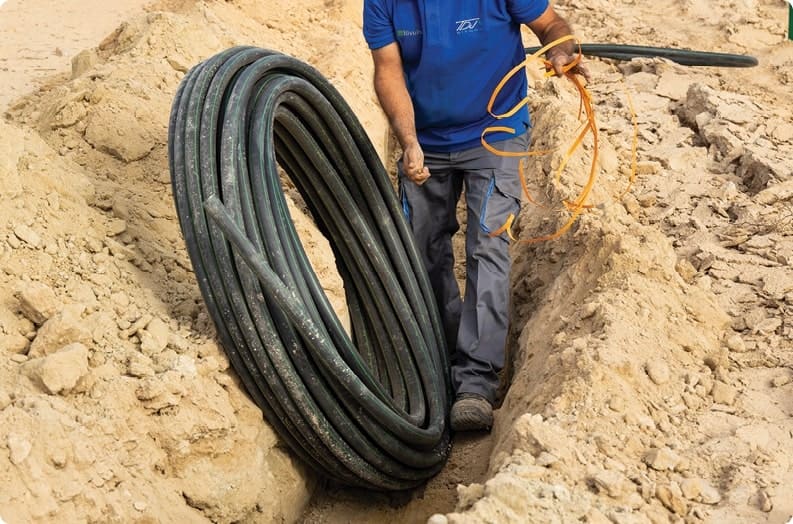
Trenches should be as narrow as possible to minimize the creation of depressions, but large enough to work around.
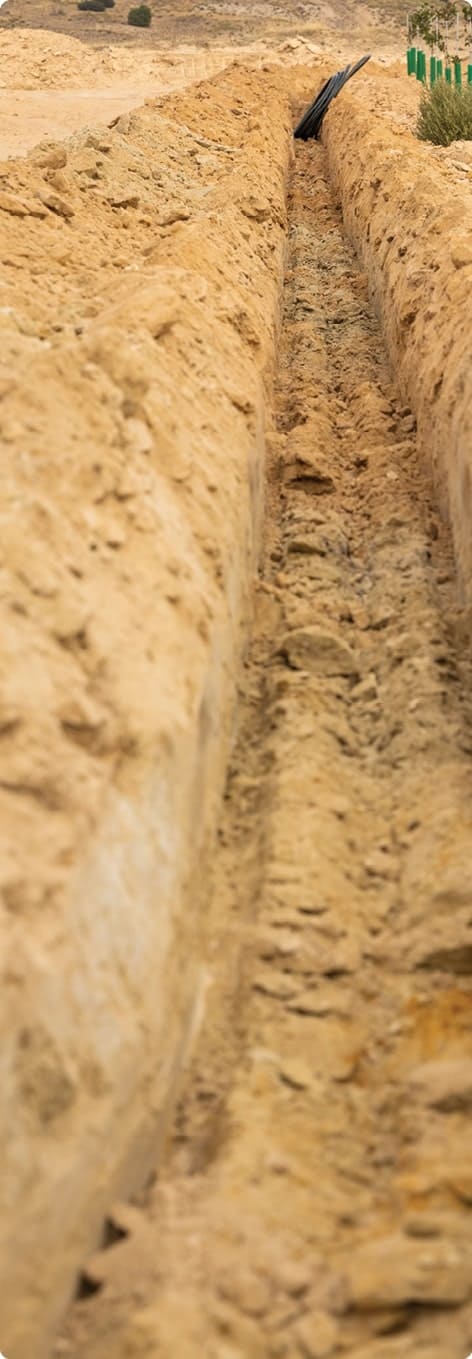
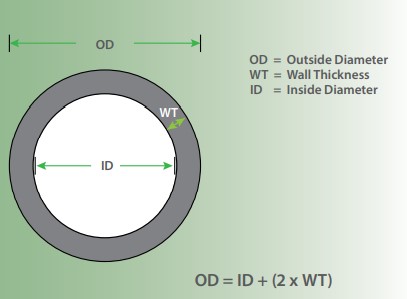
| Nominal Pipe size | Minimum trench width |
|---|---|
| < 75 mm (3”) | 300 mm (12”) |
| 75 – 610 mm (3′ – 24”) | Pipe Outside Diameter + 300 mm (+ 12”) |
| > 610 mm (24”) | Pipe Outside Diameter + 600 mm (+ 24”) |
The trench bottom should be constructed to provide a firm, stable, and uniform support over the entire length of the pipe.
The trench should be devoid of rocks and debris that can damage the pipe. If there are many rocks, you may need to place sand or stoneless soil along the bed.
Note: if the soil has a large rock content, when backfilling the trench, the layer above the pipe itself needs to be covered with stoneless soil or sand.

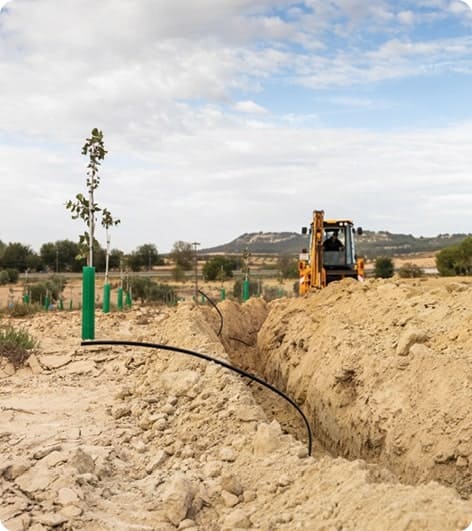
Earth removed from trenches should always be placed on the uphill side of the trench. Runoff from rainstorms can quickly fill the trench and pipe with dirt and debris and float any recently installed PVC pipe. As such, installation should not occur during rain.
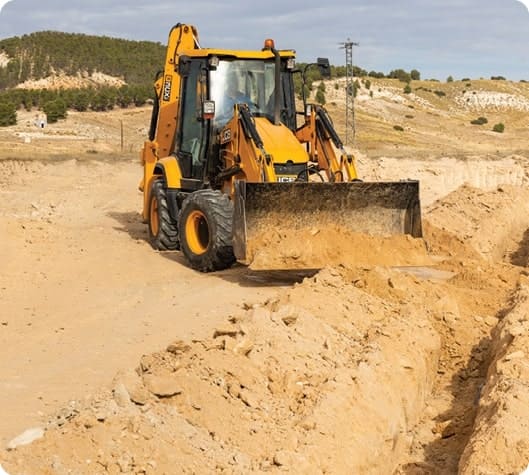
For buried submains in subsurface applications, they need to be deeper than the drip lateral. They also should be placed on the closest side of the trench to the drip line laterals, and support soil should be placed before connection to the risers to the laterals to prevent movement and stretching/pulling out the connectors.

Ensure that the pipe is buried deep enough so that subsequent soil preparation does not damage the pipe.

For PVC:
- If using PVC with gaskets, installation should occur inside the trench.
Care should also be taken with anchoring the PVC pipe. This is the placement of soil to support the PVC against locations of pressure where the gaskets could open. The diagram below shows common pressure locations that require placement of soil to protect gaskets from opening.

- If using PVC with glue, installation can be made either outside the trench or inside the trench. Outside is generally easier.
The “glue” is actually a solvent cement that is formulated to bond the PVC pipe and fittings together. It requires the use of a primer to soften the surface. Follow the instructions for correct use, including all safety instructions, of the manufacturer.
- If using PVC with gaskets, installation should occur inside the trench.

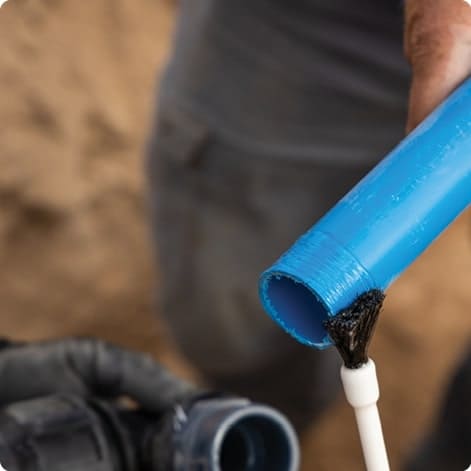
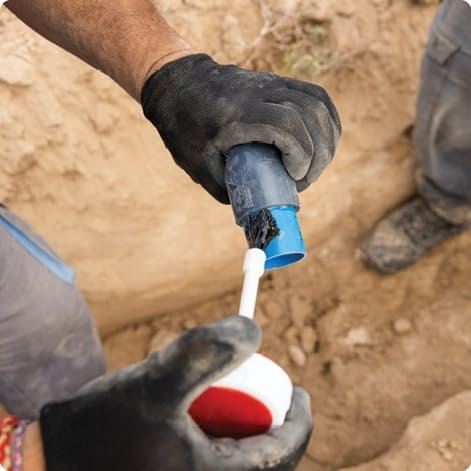
For PE:
- If installing from a reel, first roll out next to the trench, then place the pipe into the trench. Make sure there are no kinks.
- If installing using pieces of PE, weld as required before placement into the trench.
For buried submains, risers can be installed into the pipe before the placement into trenches if desired.




